1. What are fatigue driving and its dangers?
Fatigue driving pertains to the physical and mental impairment resulting from sleep deprivation or extended periods of continuous driving, accompanied by a decrease in driving proficiency.

It can be summarized as several situations:
-
When the driver is mildly fatigued, there can be delayed and imprecise gear shifting.
-
When the driver is moderately fatigued, operational movements become sluggish, and sometimes even result in forgetting operations.
-
When the driver is severely fatigued, they often subconsciously perform actions or experience brief periods of sleep, leading to a loss of control over the vehicle.

Late at night, in the early morning, or during the afternoon, we see the peak periods for "fatigued driving" accidents. Fatigued driving carries substantial risks, as it can lead to a loss of control over the vehicle and, consequently, traffic accidents.
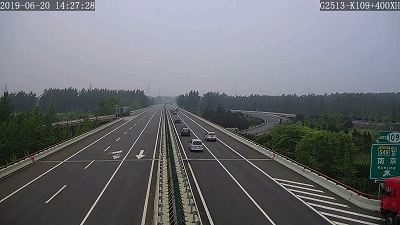
2. How to prevent fatigued driving?
Apart from driver training to enhance safety awareness, employing technology to assist in driving can be an effective way to decrease or prevent fatigue-related accidents.
According to the research of the United States government, 20%~30% of traffic accidents are caused by fatigue driving, and the study of driver fatigue detection technology is of great significance for preventing traffic accidents.
ICARVISIONS has extensive experience in the domain of vehicle surveillance and driving safety. Currently, it offers a product range that encompasses the Driver Status Monitoring (DSM) system, Advanced Driver Assistant System (ADAS), Blind Spot Detecting system (BSD), MDVR / MNVR, and telematics platforms. The company conducts precise monitoring and real-time analysis of on-road data related to individuals, vehicles, and road conditions during the driving process, enabling multi-tier data management for user safety operations.
Among these, the Driver Status Monitoring (DSM) system captures the driver's facial image and assesses their condition through visual analysis. It identifies behaviors such as yawning, eye closure, smoking, phone usage, and distractions. If the driver exhibits any of these abnormal behaviors, it provides real-time audio warnings to alert them, reducing the likelihood of accidents to some extent. Furthermore, the driver's condition is uploaded to the management software platform as video, allowing managers to remotely monitor, provide timely reminders, and implement additional training and measures for enhanced management, thus reducing the risk of accidents.
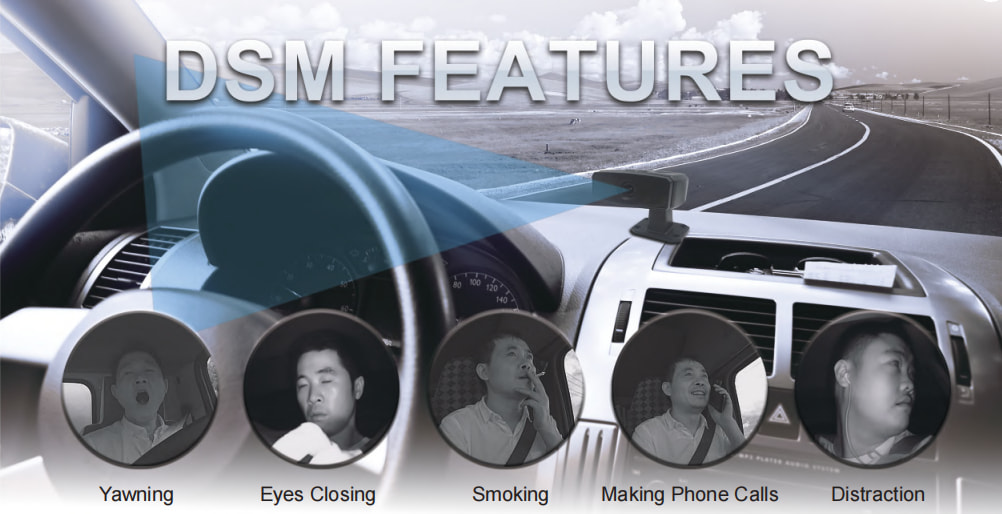
3. What is the basic structure of the DSM system and how does it work?
ICARVISIONS Anti-speeding technology: Driver Status Monitoring
The DSM system primarily comprises a specialized fatigue-detecting camera and a fatigue analysis terminal. Using this camera to capture the driver's face and eyes, the system automatically analyzes the closure patterns and frequency of the driver's eyes, as well as the orientation of the driver's face. By following predefined detection logic rules, the system can assess the driver's level of fatigue based on various parameters. For instance, if the duration of eye closure reaches a preset threshold, or if the driver bows their head for more than 5 seconds, the system will issue an audible alarm to alert the driver to incorrect actions and fatigue-induced driving. In severe cases, the system can also notify the backend monitoring center through the 4G network when a critical situation arises, allowing for manual intervention and supervision.
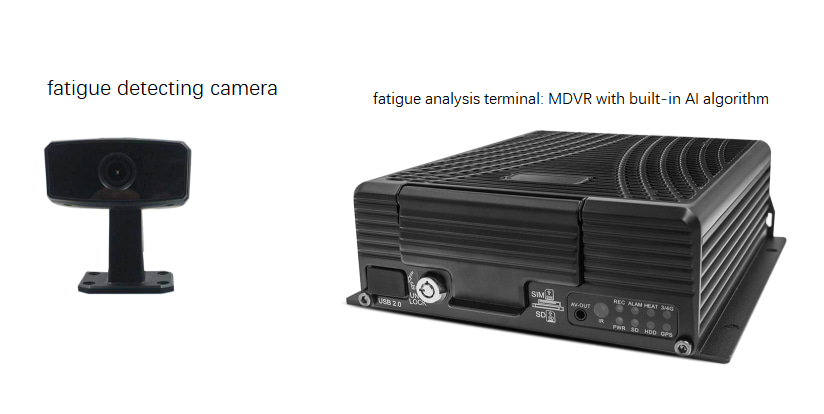
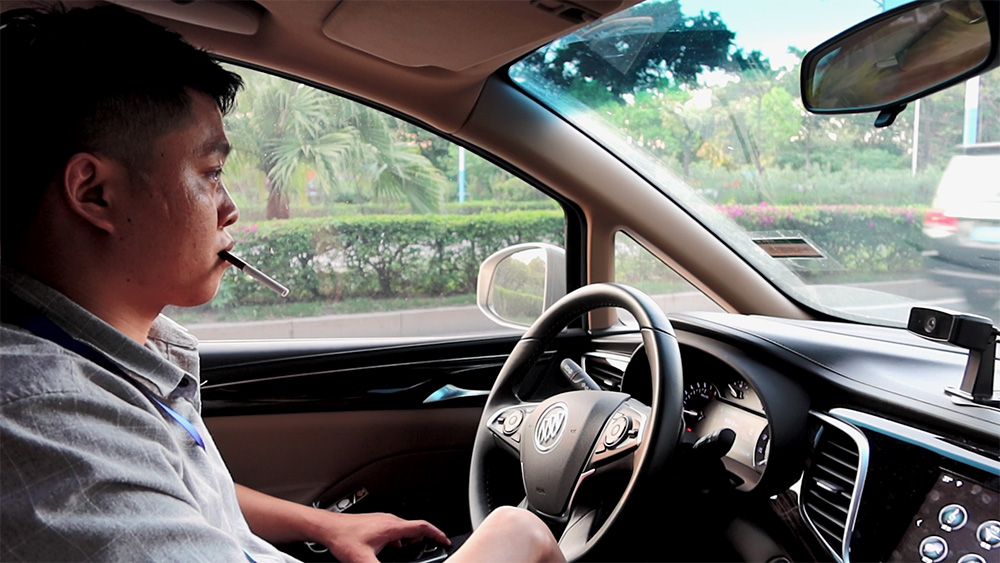
Meanwhile, the DSM system offers PC-based backend management. When a DSM warning event is activated, the warning details are transmitted to the Intelligent Vehicle Management System platform (IVMS). By collecting driver warning data and conducting comprehensive analysis of driving behavior, it effectively lowers the rate of traffic accidents and enhances fleet management.
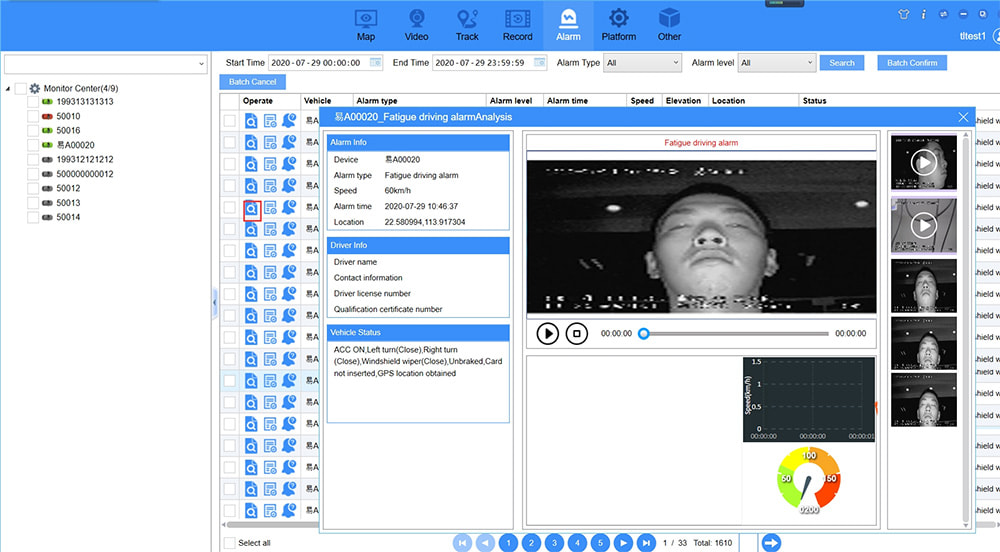

 Icarvisions.com
Icarvisions.com Español
Español português
português 简体中文
简体中文 繁體中文
繁體中文 Deutsch
Deutsch Français
Français 日本語
日本語 한국어
한국어 بالعربية
بالعربية TÜRKÇE
TÜRKÇE русский
русский English
English
Contact Us
Questions or comments? Please fill out the form below, send a quick message, or call us. We love to hear from you!